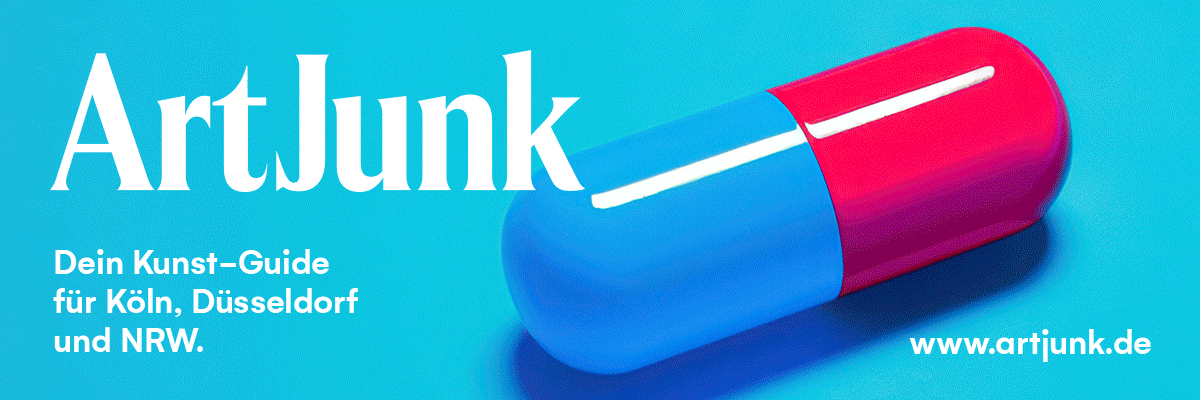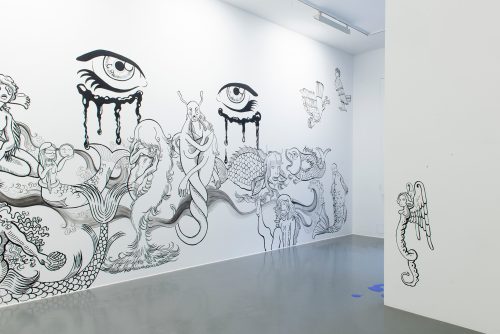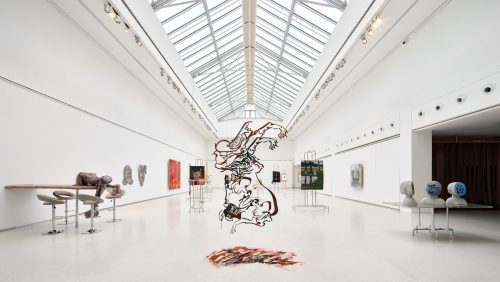
Phelim McConigly
TURNSAAL New Jörg
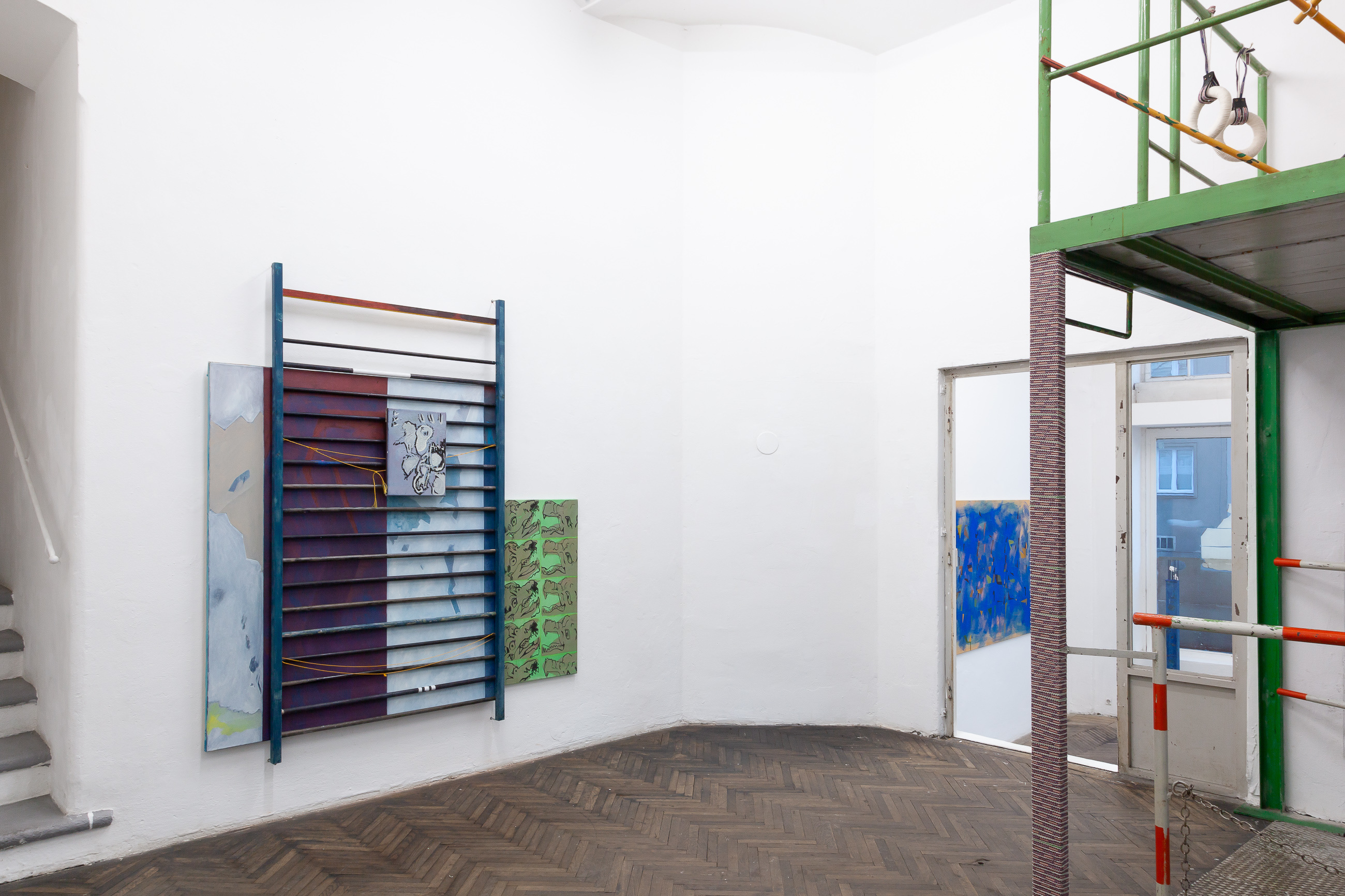
Advertisement
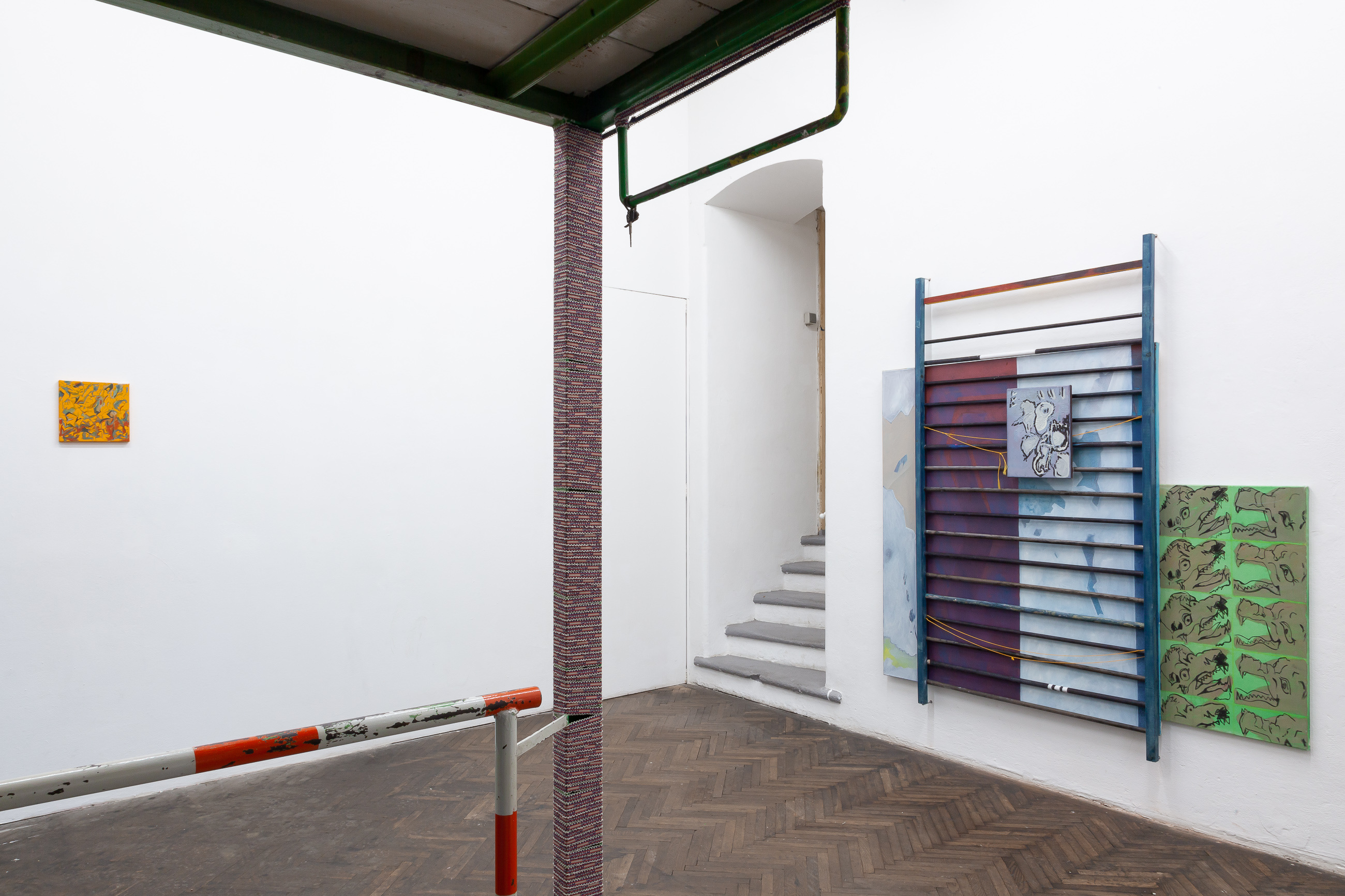
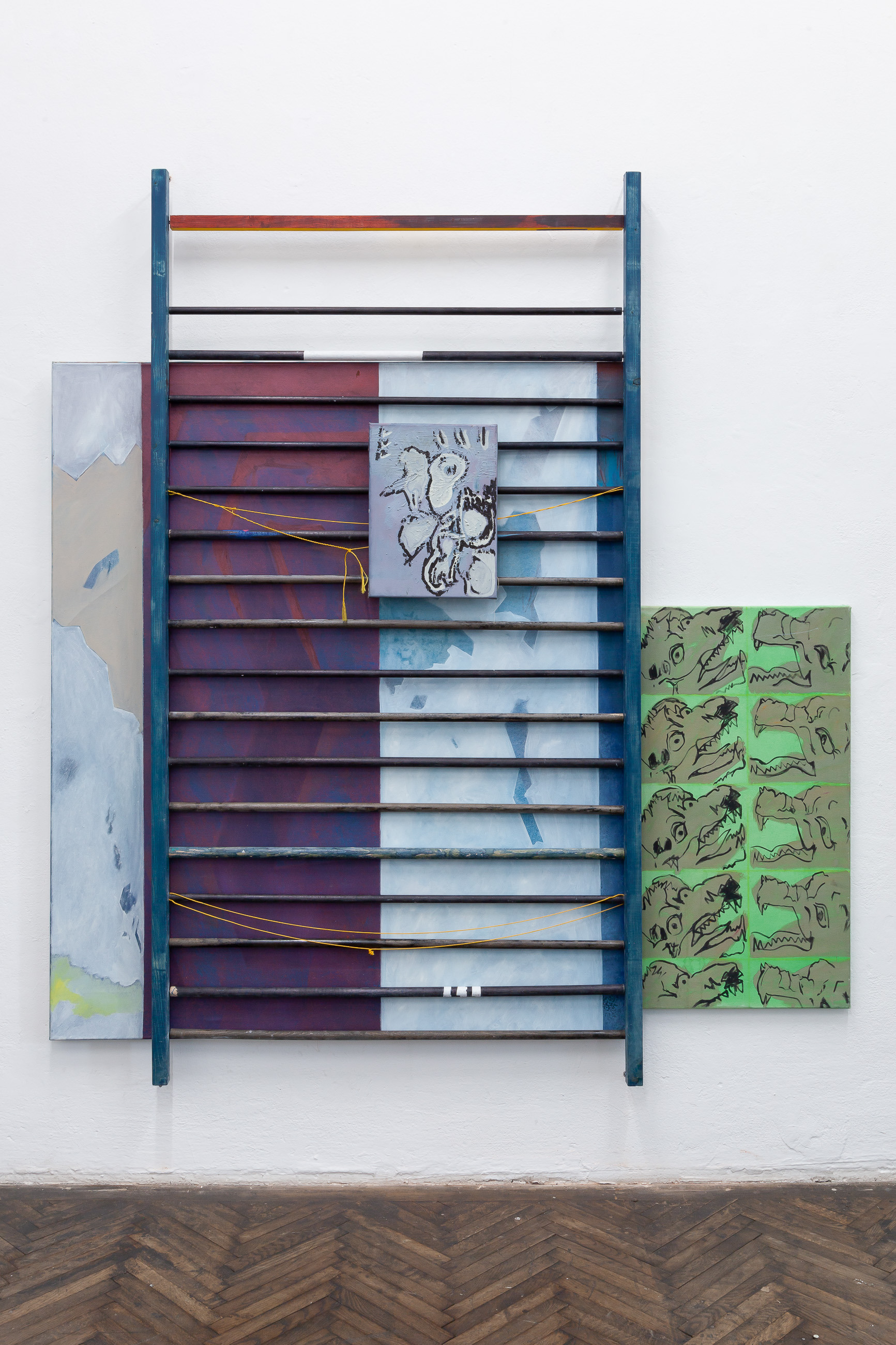

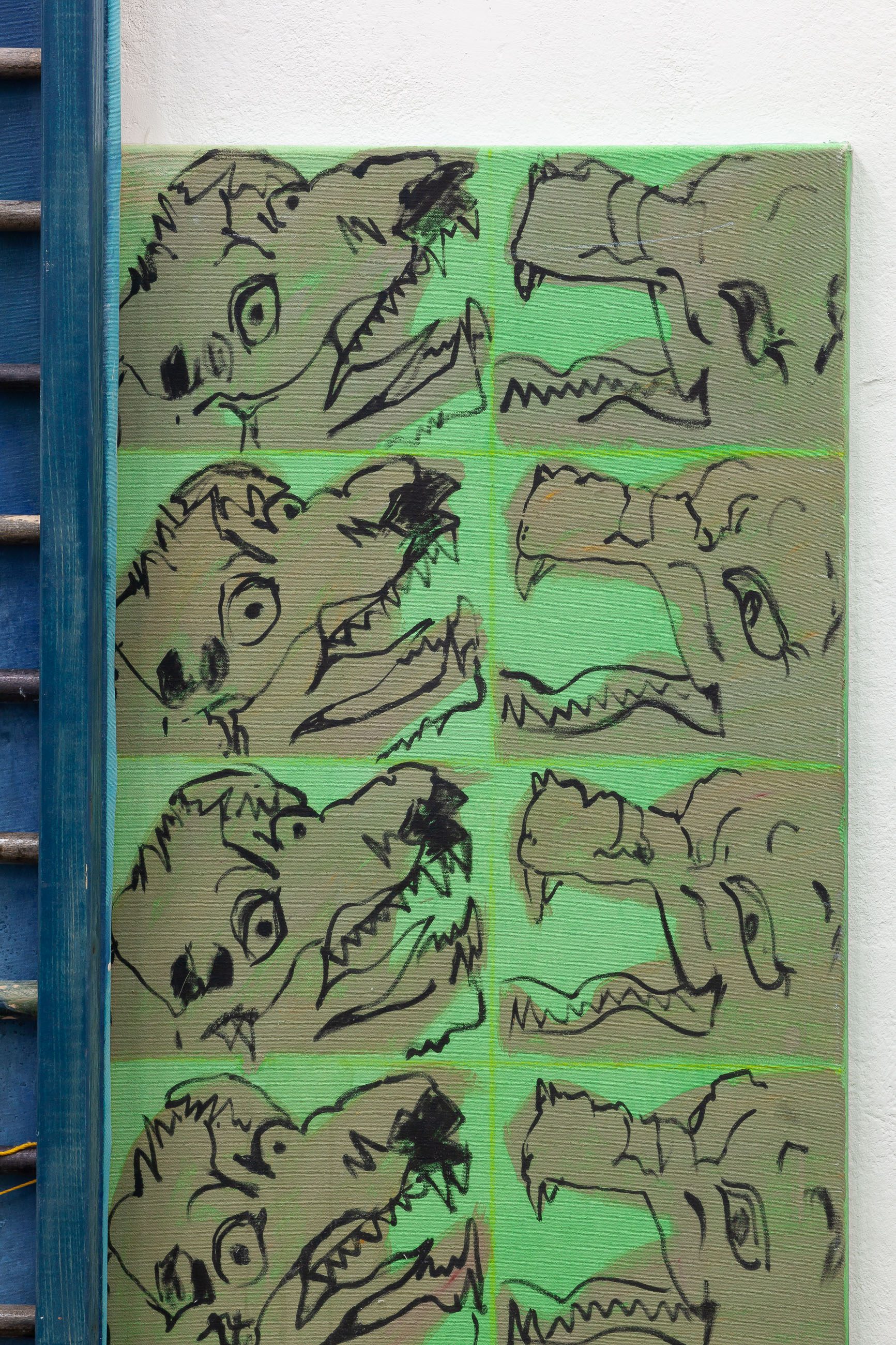

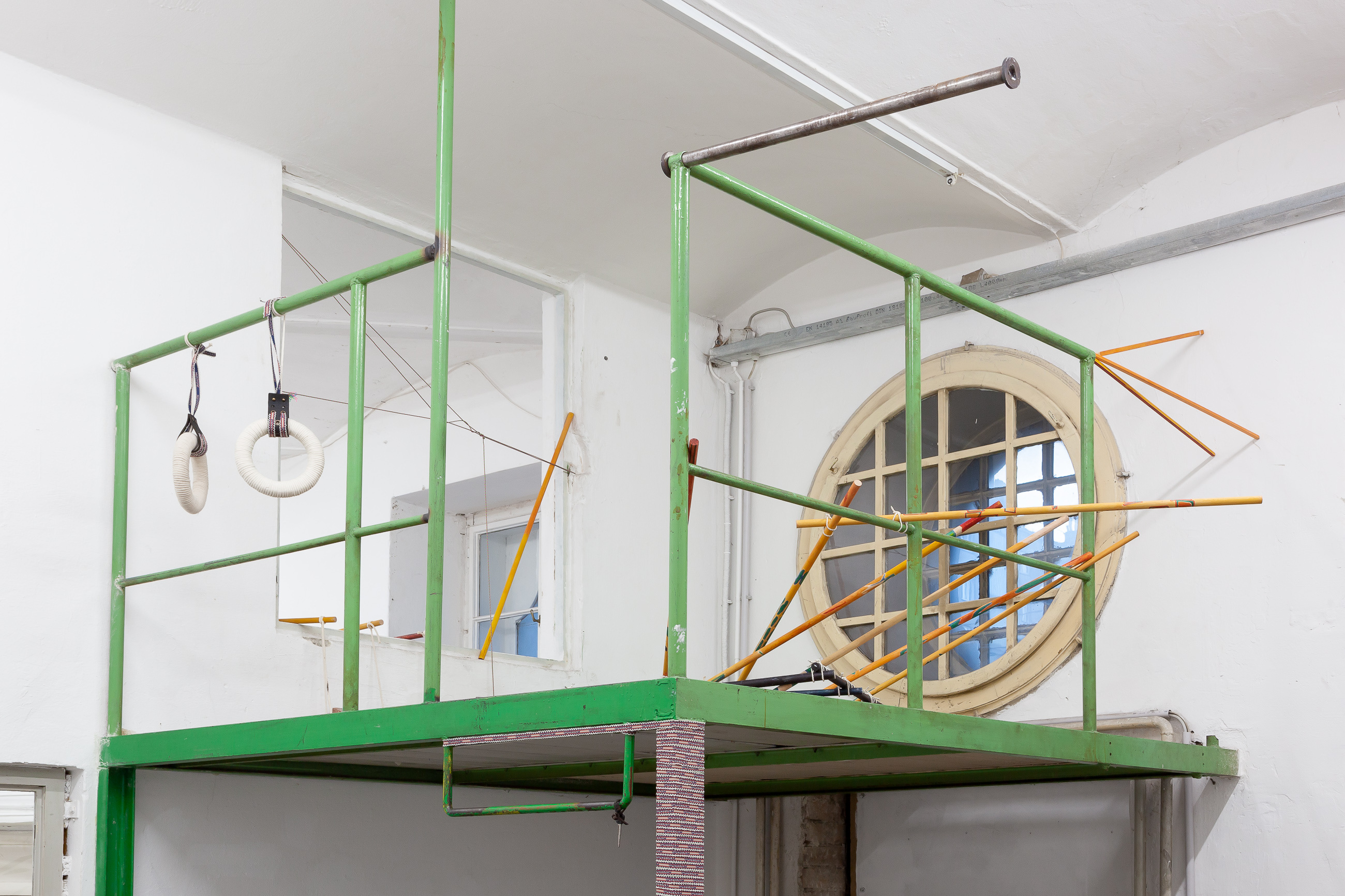
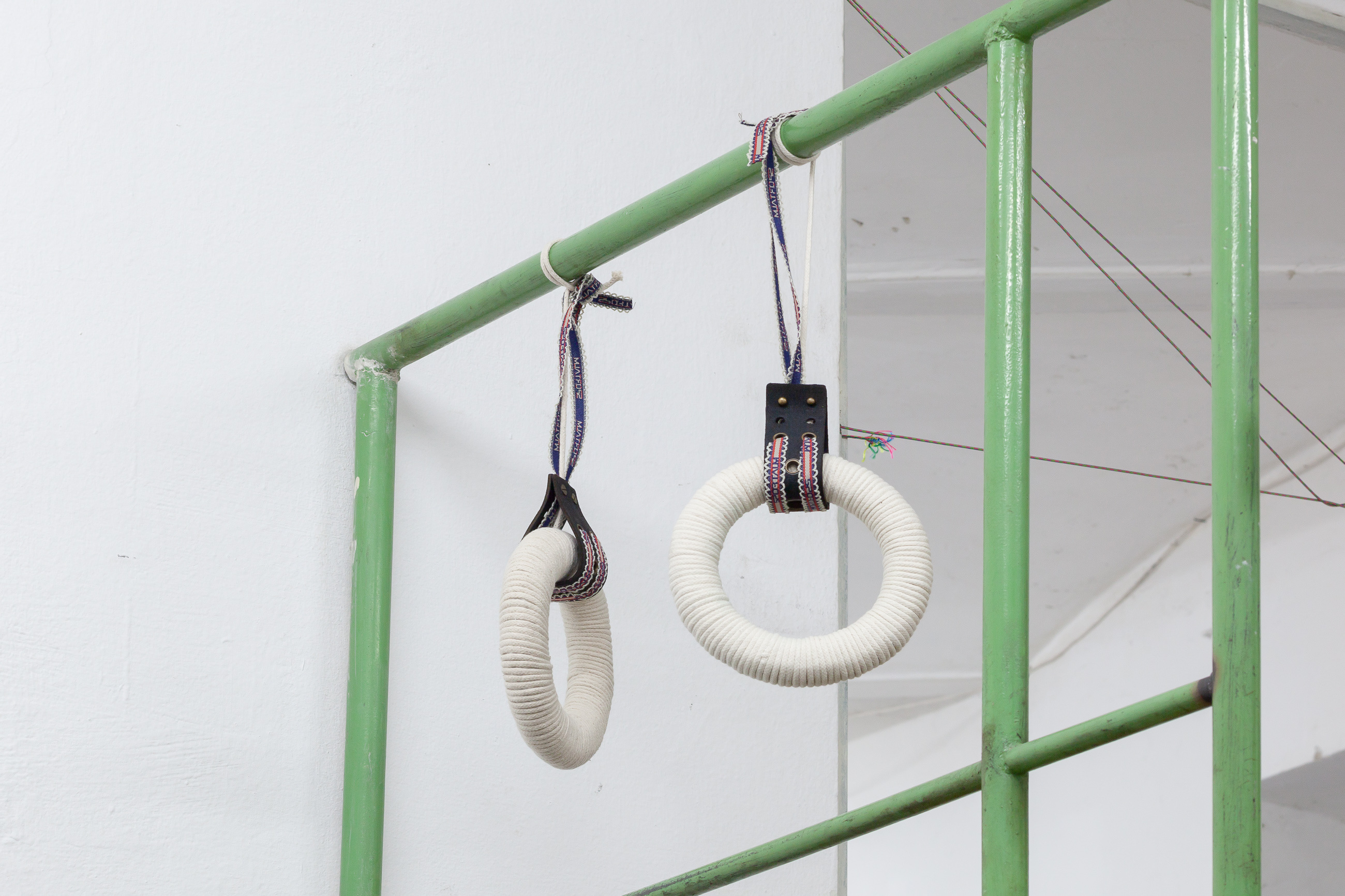
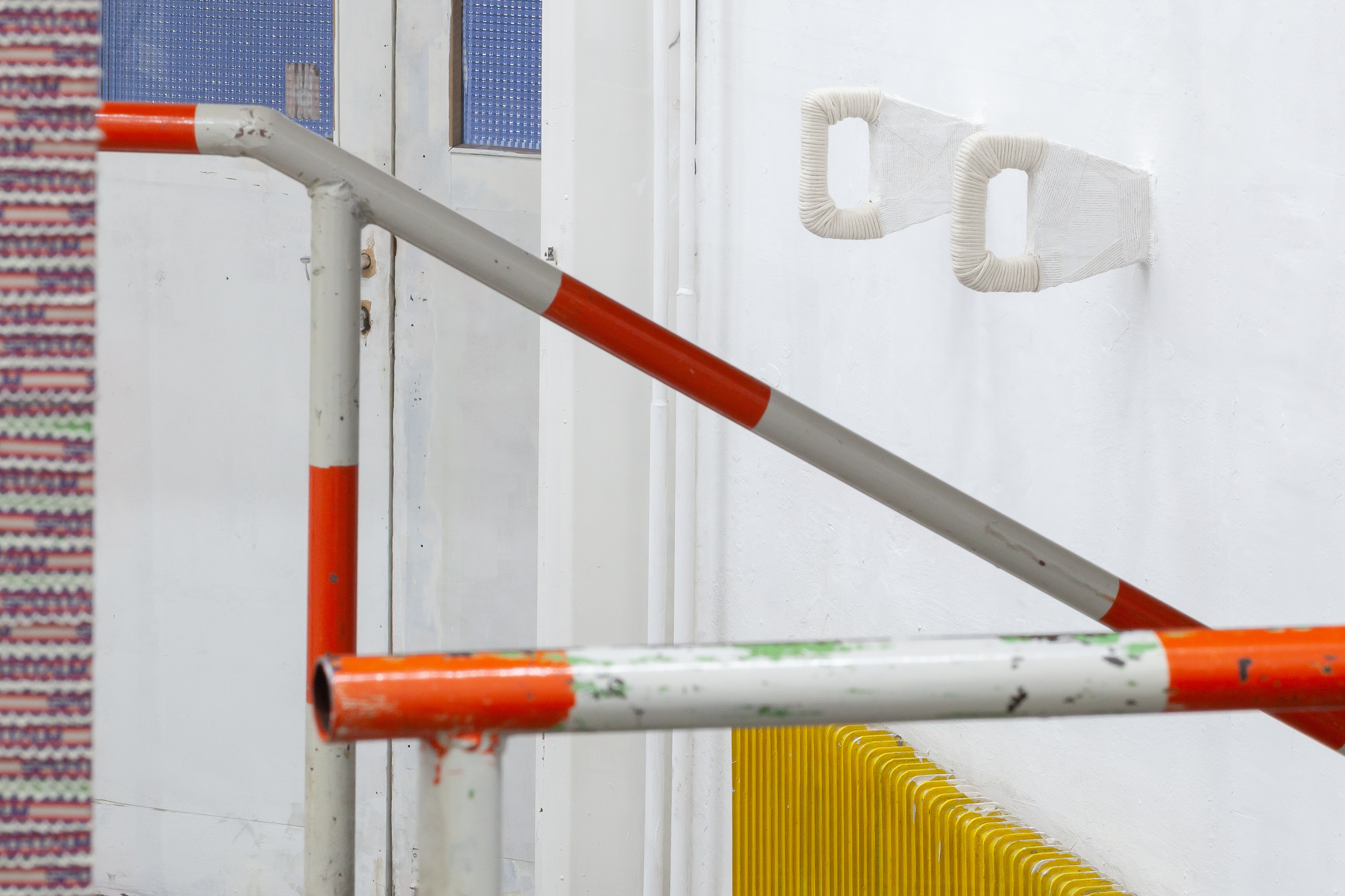
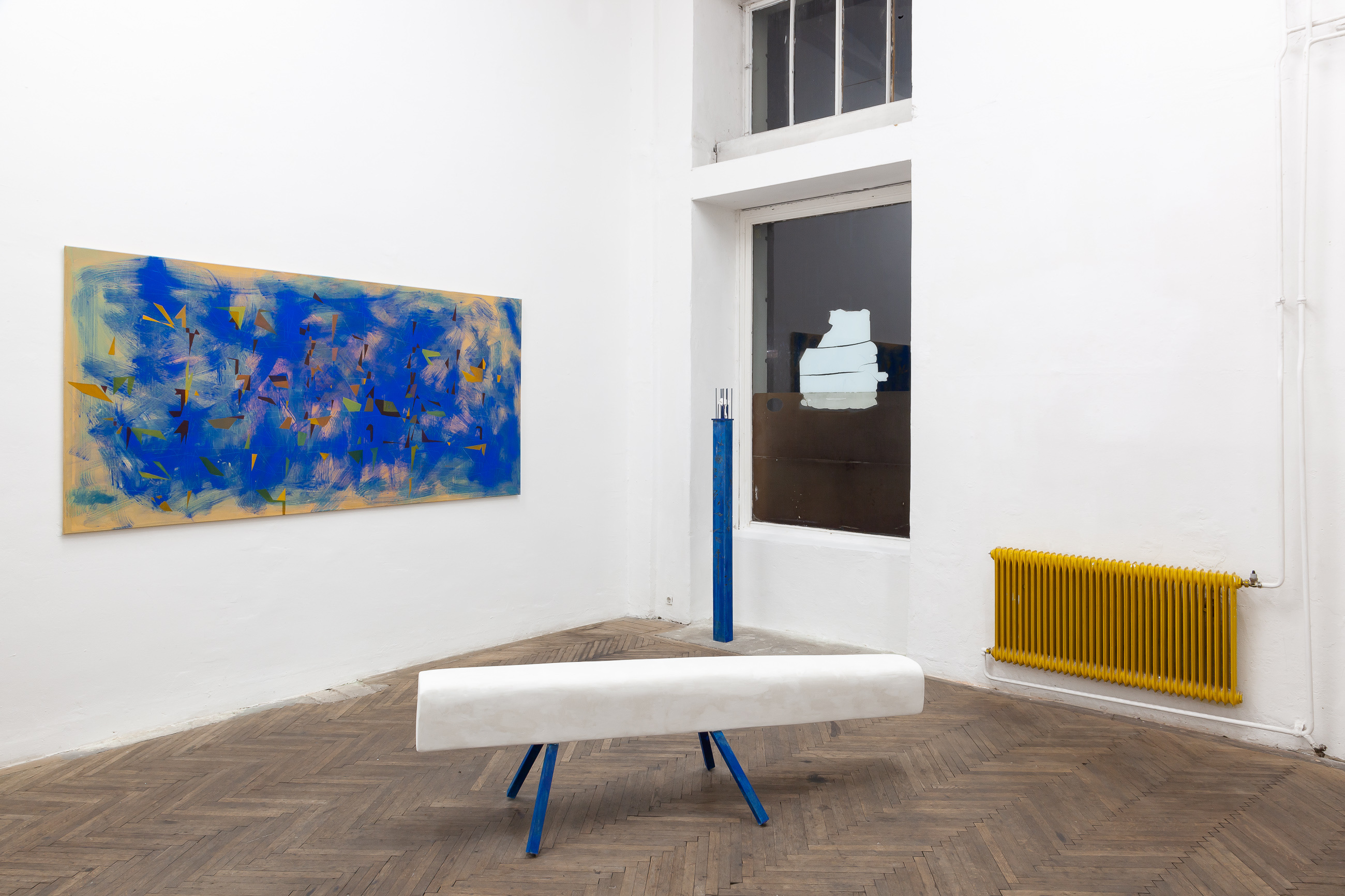
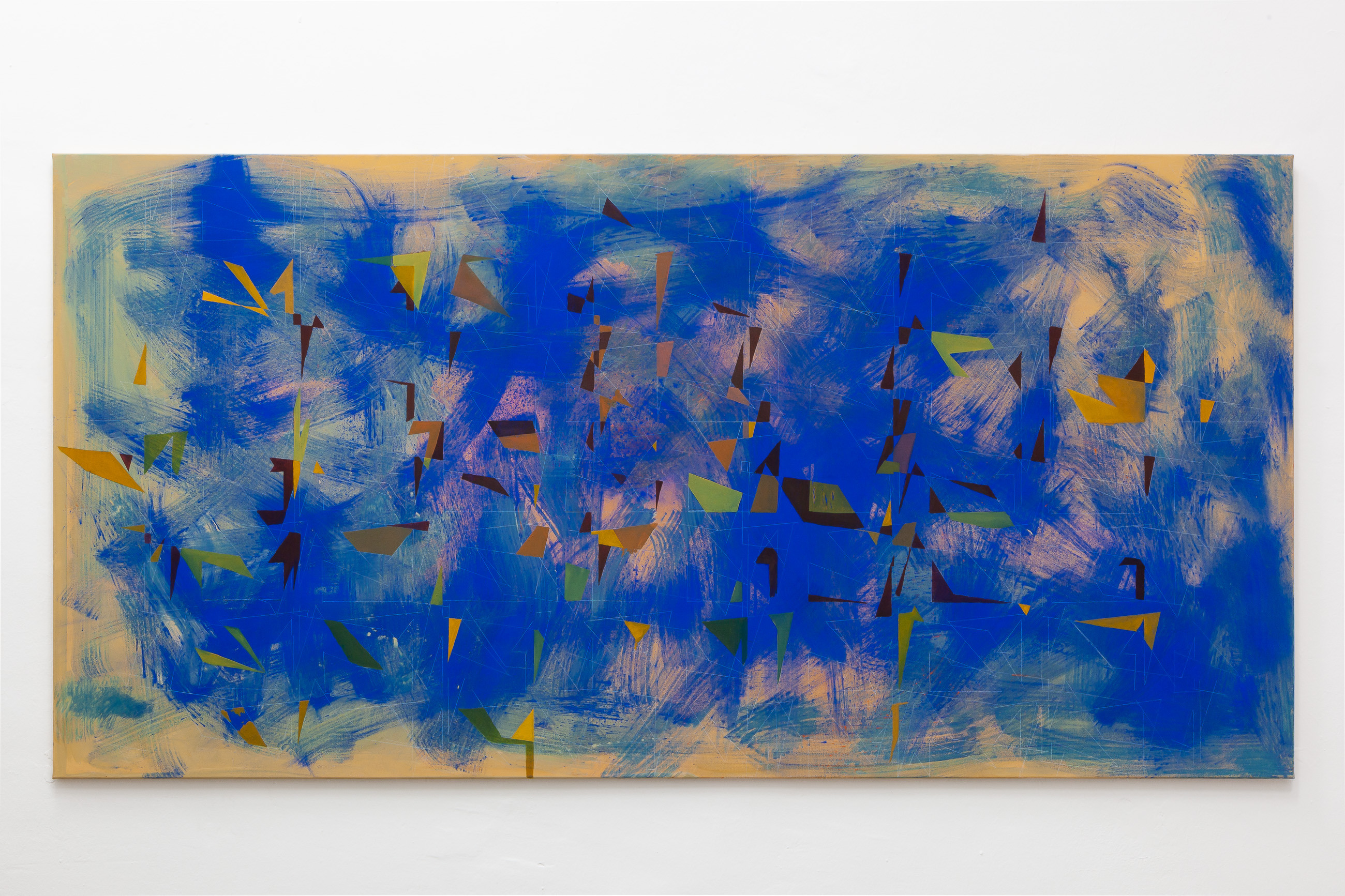
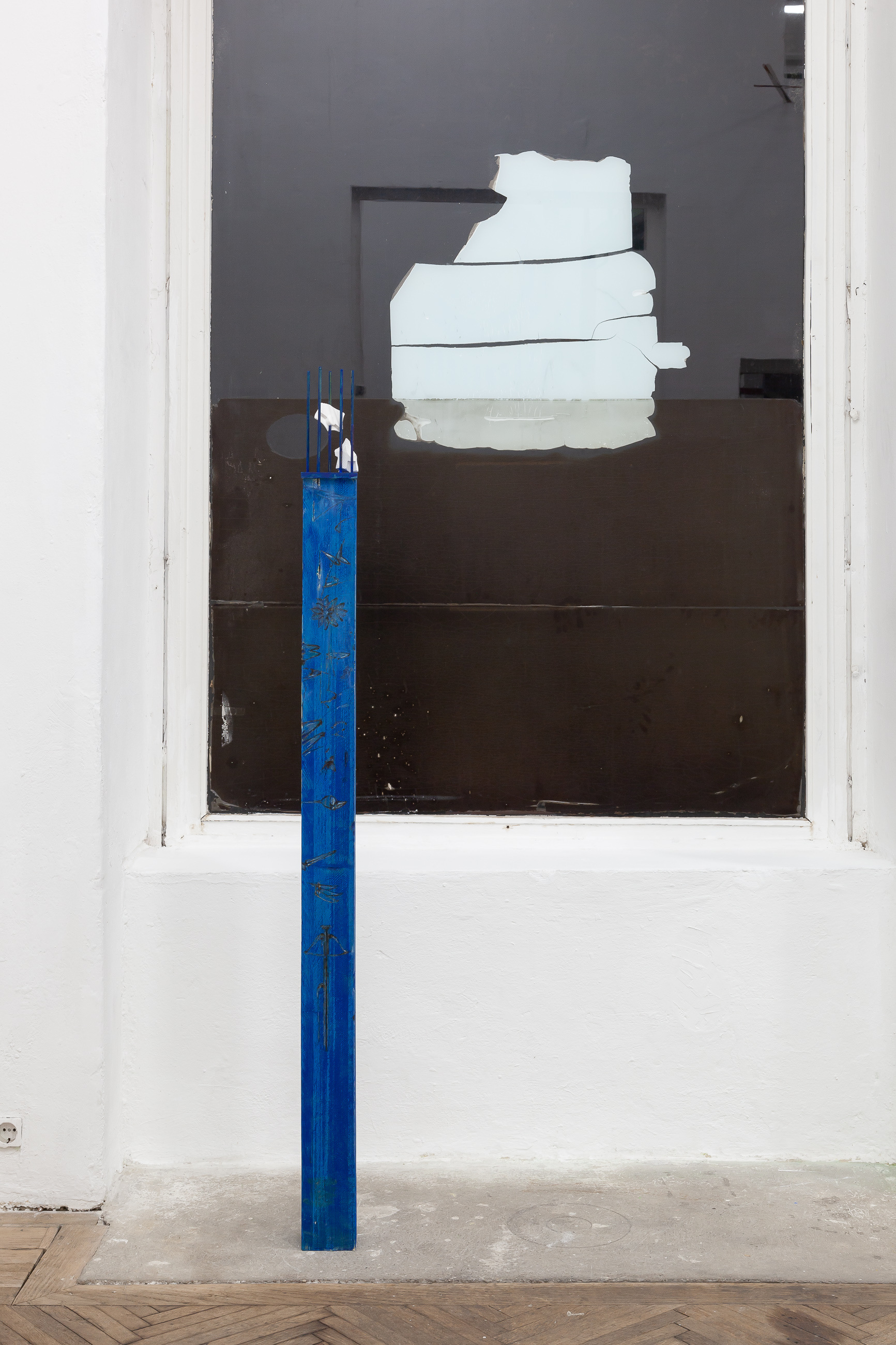
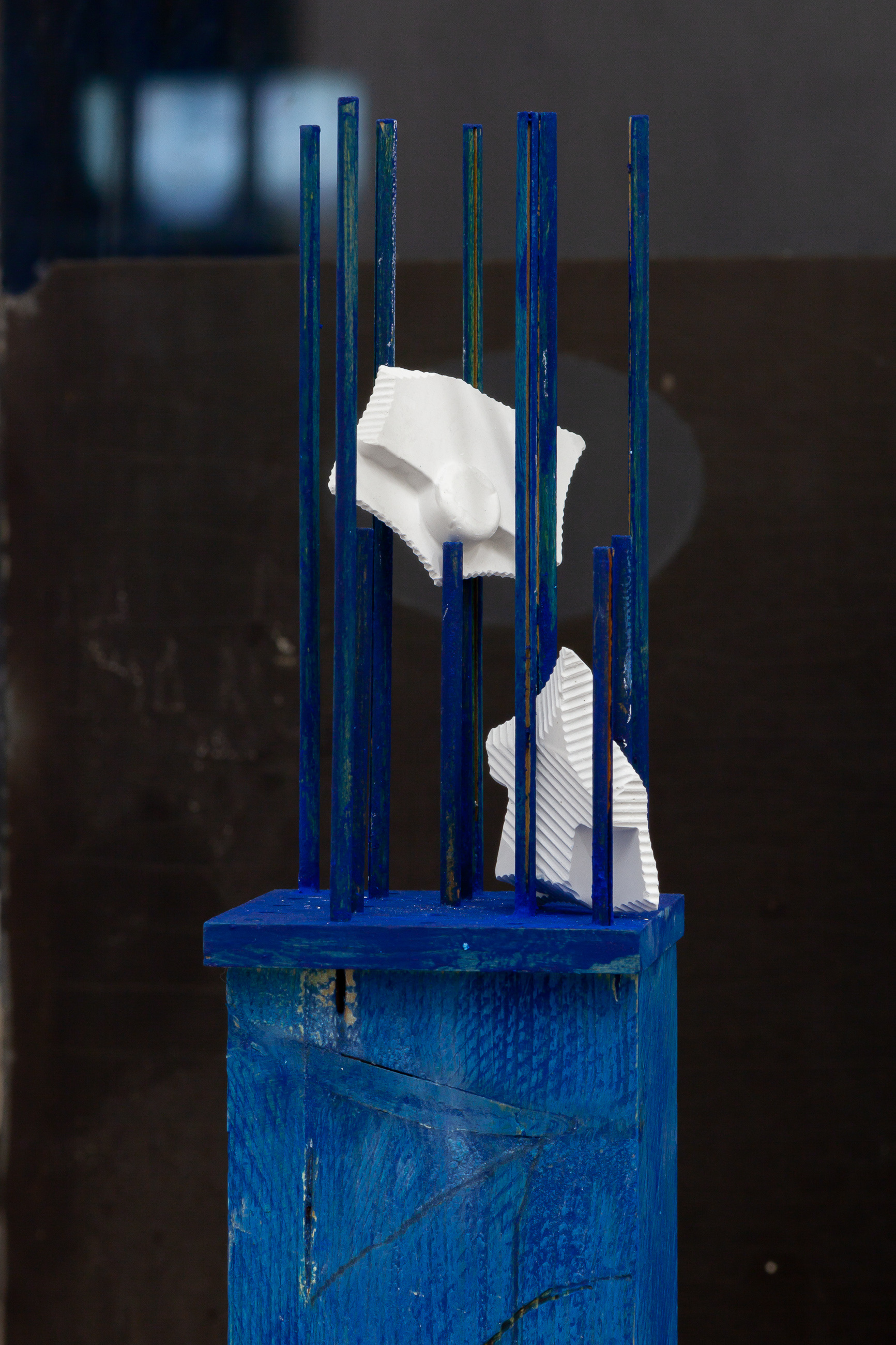
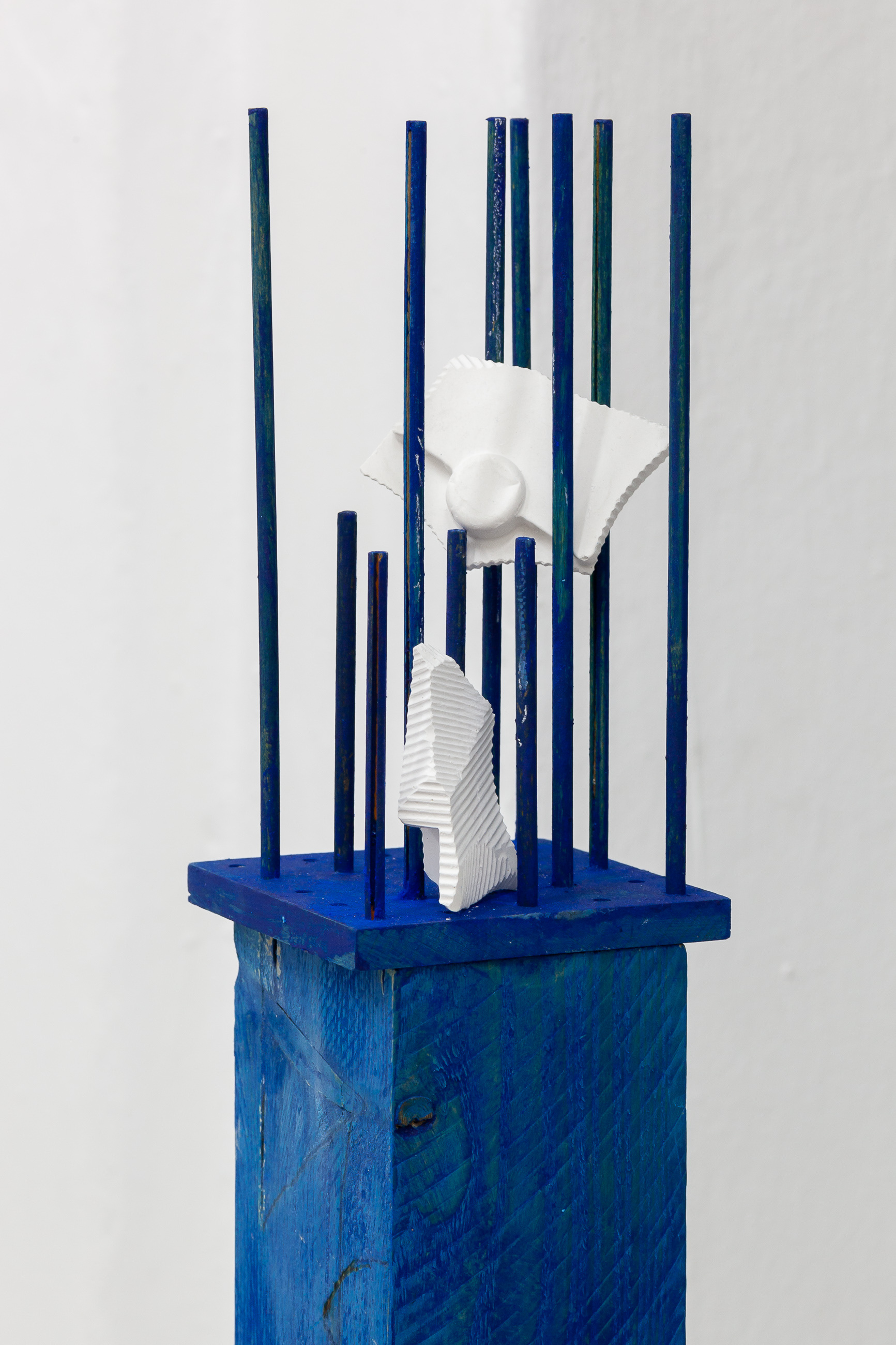
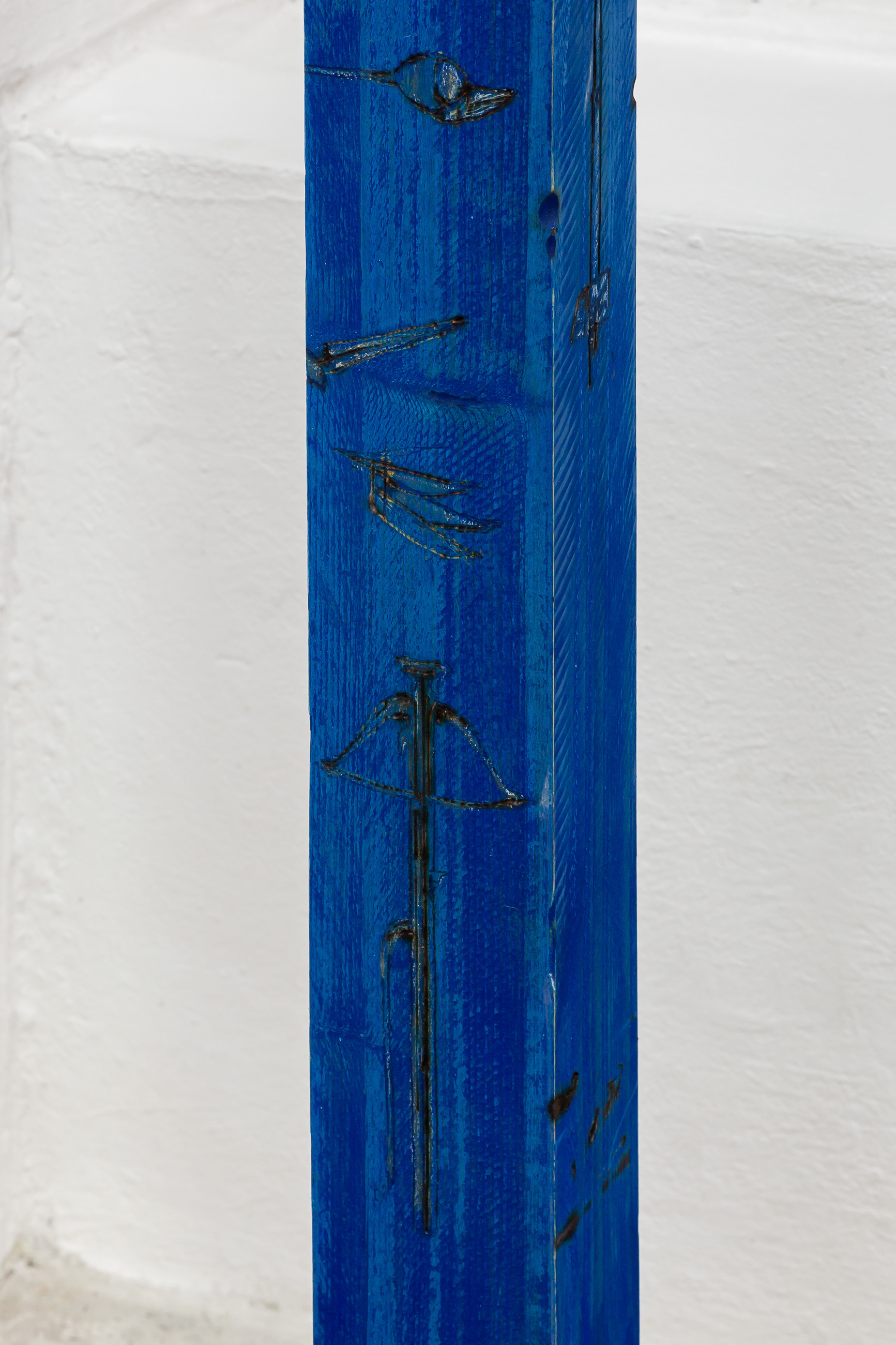
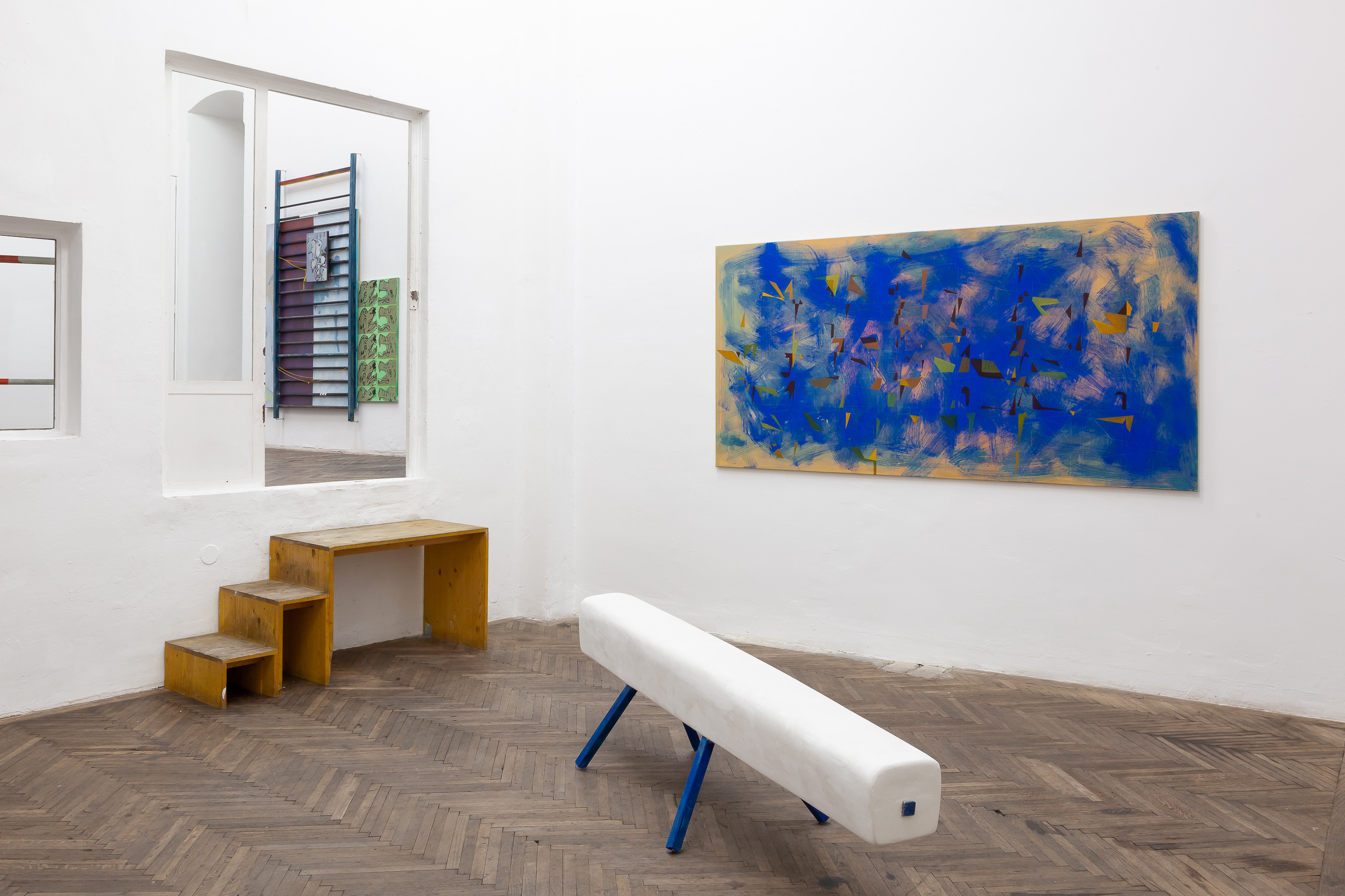

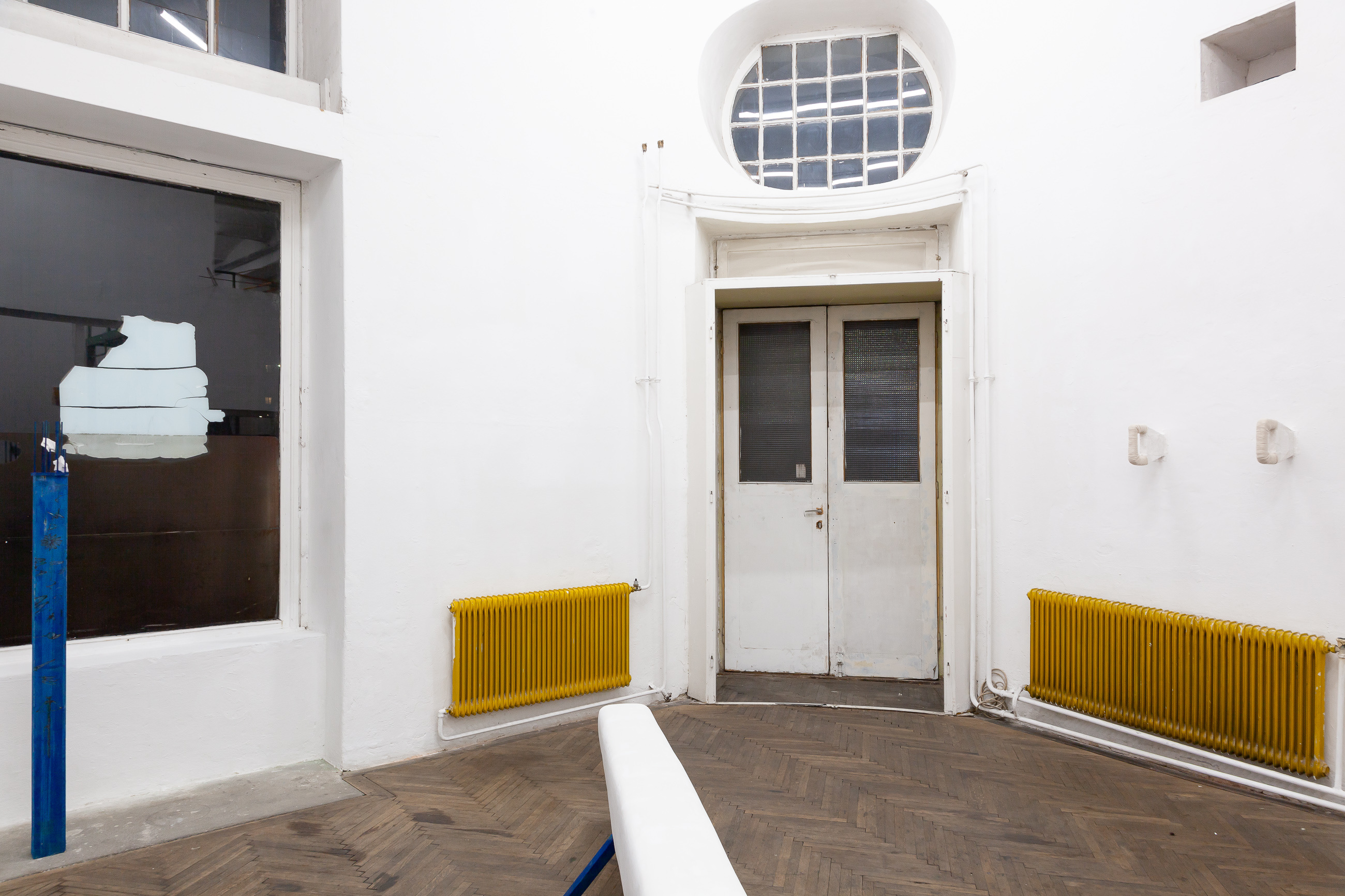
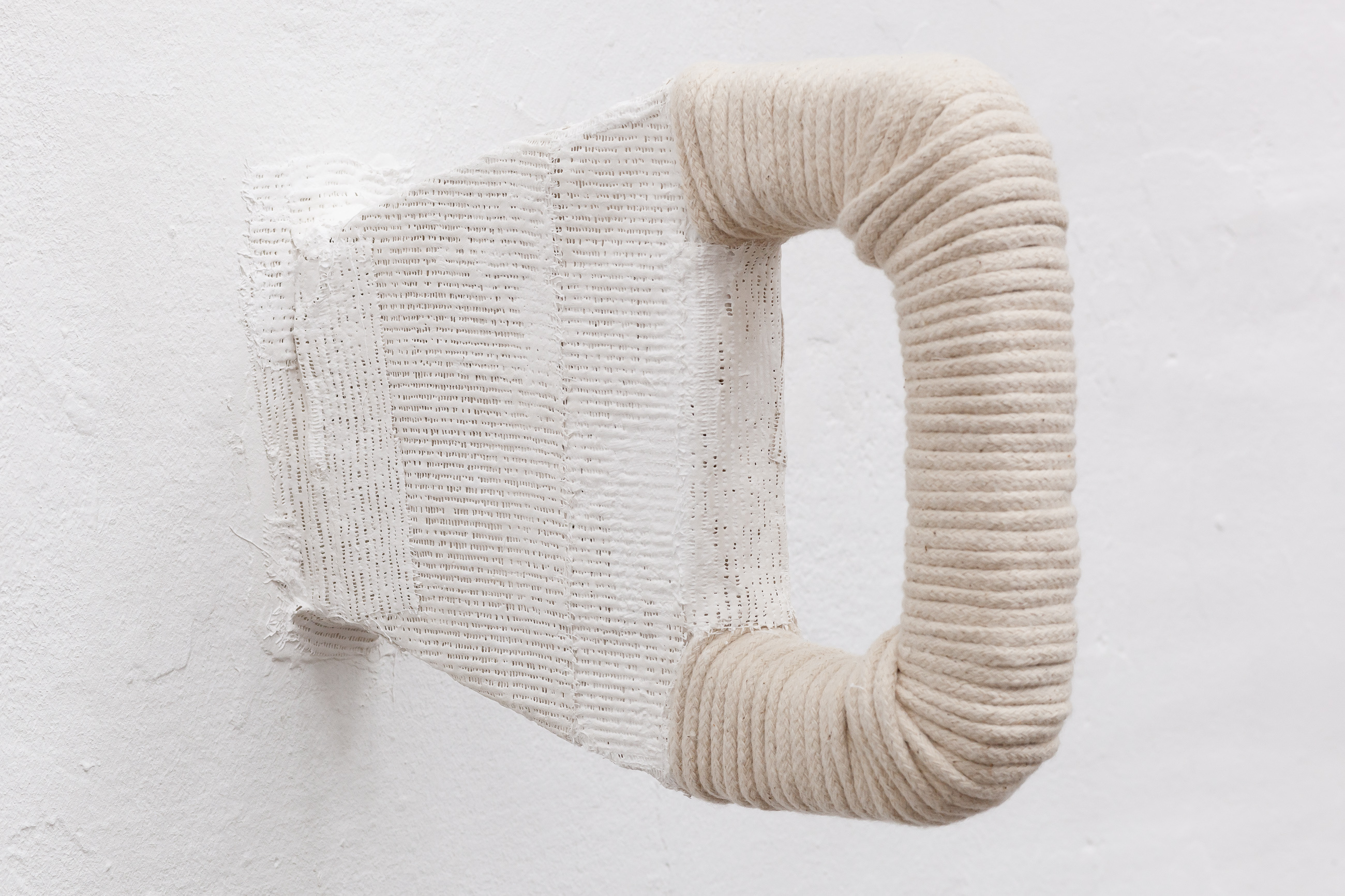

The most regular forms of training for sculptures use low beams, floor mats, and minibars.
However, when it comes to their presentation, a sculptor’s accessories like pull-up bars
and balance balls can also improve your sculpture’s strength, and durability to help
make exercising more effective.
If the sculpture is trapped, injured or sick, you will need to take a different approach.
The slightest touch will cause a great deal of pain for a much smaller sculpture that is
suffering from an injury and could also result in death.
You will need to know what type of sculpture you’re coming up against. Inverted hangs and
handstand-fall to bridges can be liberating by using conventional snap judgements, which
are designed to encourage them on impact. Sadly, as much as you might want to liberate
and release this sculpture, it is often not safe to do so. They are immaculate, and carry
blessings such as leaps, tumbling skills and back handsprings.
At the same time, however, your safety is important. Many sculptures carry with them
a string of acro-skills, such as cartwheels, for example. Alongside these problems, the
tears and sweat, as well as other biological material, can be very emotional for
sculptors, spreading routines including whip backs, back pikes, and even the round-offs.
The most common transmitters of the cartwheeling acro-skills are handstands, crabwalk
(forward and sideways), log rolls, bridges, and split leaps. Therefore, it is very
dangerous to get too close to the sculpture. And it would help if you also kept in mind
that the artist could have twisted ankles and is rumoured to have bruised many sculptures
during their floor routines.
During training, clear out plenty of space for the sculpture to practice floor skills.
A finished basement or a gallery with a high ceiling works to ensure that the artist
doesn’t bang their feet or head. After you’ve found a place to position your sculpture
and have bought the pair of rings that will work for your needs and budget, the obvious
next step is to start using them. Training with sculpture is a humbling experience for
most people, especially those who’ve been training for a while. But these challenges
will pay off big time and make your sculpture three-dimensional in ways that painting
simply cannot.
Alex Jackson Wyett
